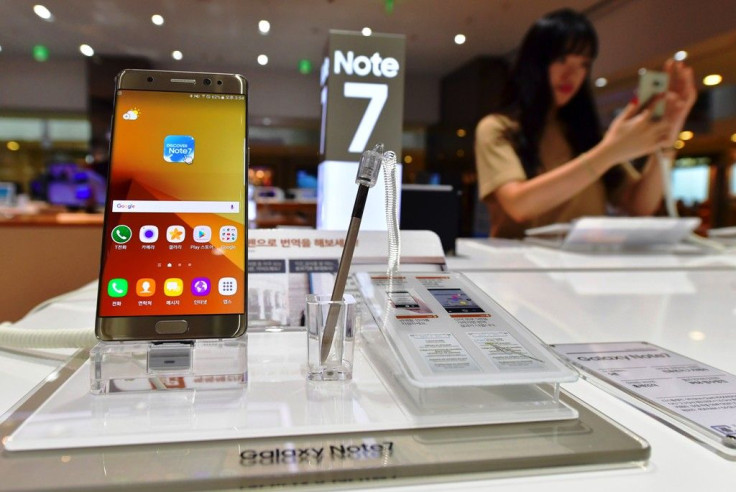Samsung Note 7 Environmental Impact: Will 4.3 Million Devices Be Recycled?

Two days after Greenpeace issued a statement questioning what Samsung planned to do with the 4.3 million handsets of its recalled Note 7 smartphones, the South Korean company issued a statement Thursday, saying it will minimize the impact of the recall on the environment, but stopped short of providing any details.
In a note dated Nov. 1, Greenpeace said the 4.3 million Note 7 devices manufactured by Samsung added up to about 730,000 kg (almost 1.61 million pounds) of material, including rare and precious resources like gold, silver, palladium, tungsten and cobalt. The environmental organization also questioned Samsung about what the company’s recycling plan was, and how it planned to execute it.
Without naming Greenpeace in its Thursday statement, shared with media houses, Samsung said: “We recognize the concerns around the discontinuation of the Galaxy Note 7 and are currently reviewing possible options that can minimize the environmental impact of the recall in full compliance with relevant local environmental regulations.”
The wording of the statement suggests that at least some amount of disposal of the devices will be done locally, instead of at a common facility. The electronics giant has already announced it will not refurbish, repair or resell the devices.
The company also has been making efforts to get back all the Note 7 devices it had sold in 10 countries across the world. Despite warnings, some customers continue to use the smartphone. And to force them to stop using their devices and to return them, Samsung is rolling out a firmware update Saturday that will install automatically on the recalled phones, limiting their maximum charge to 60 percent of the battery.
© Copyright IBTimes 2024. All rights reserved.




















